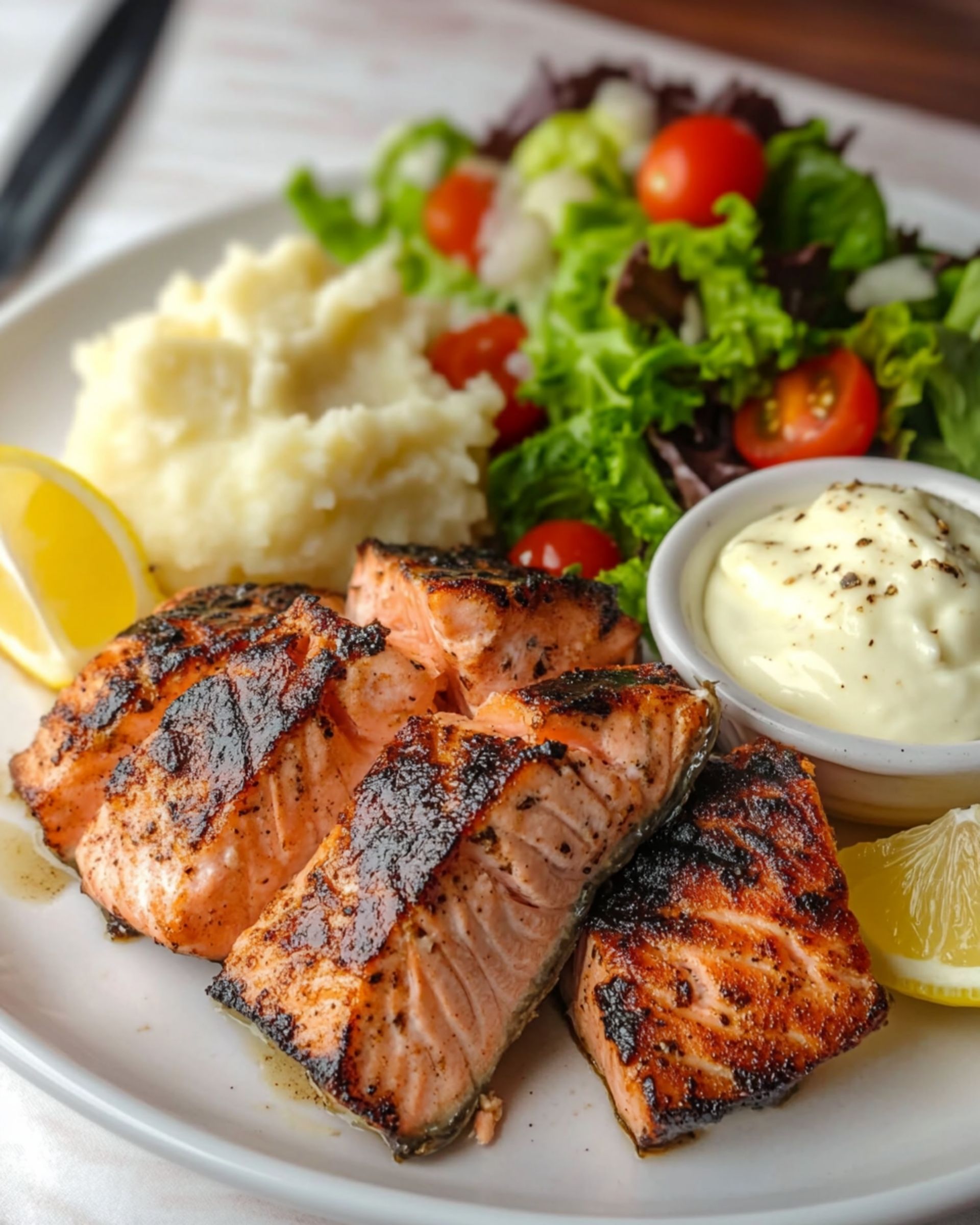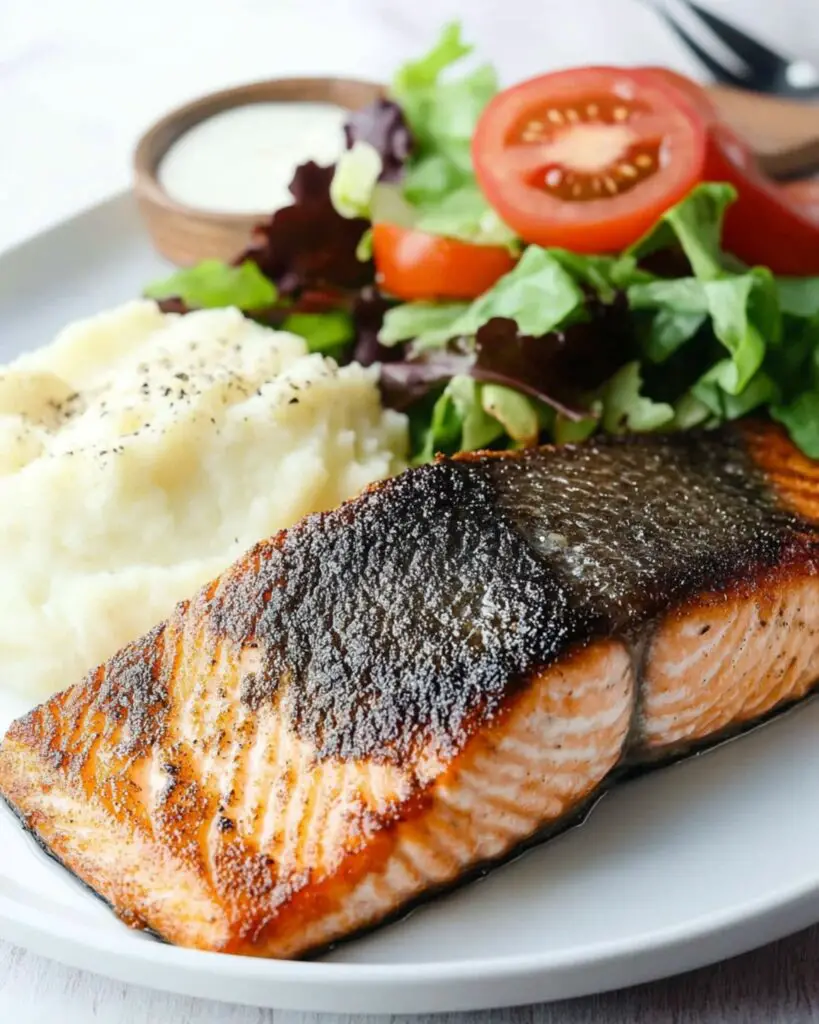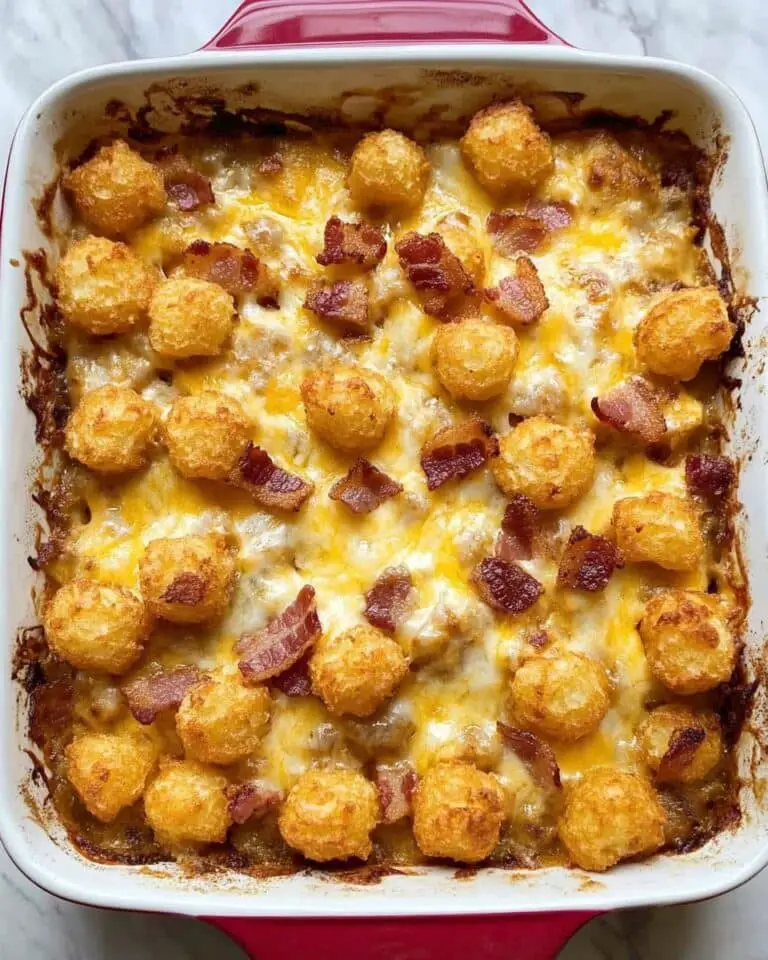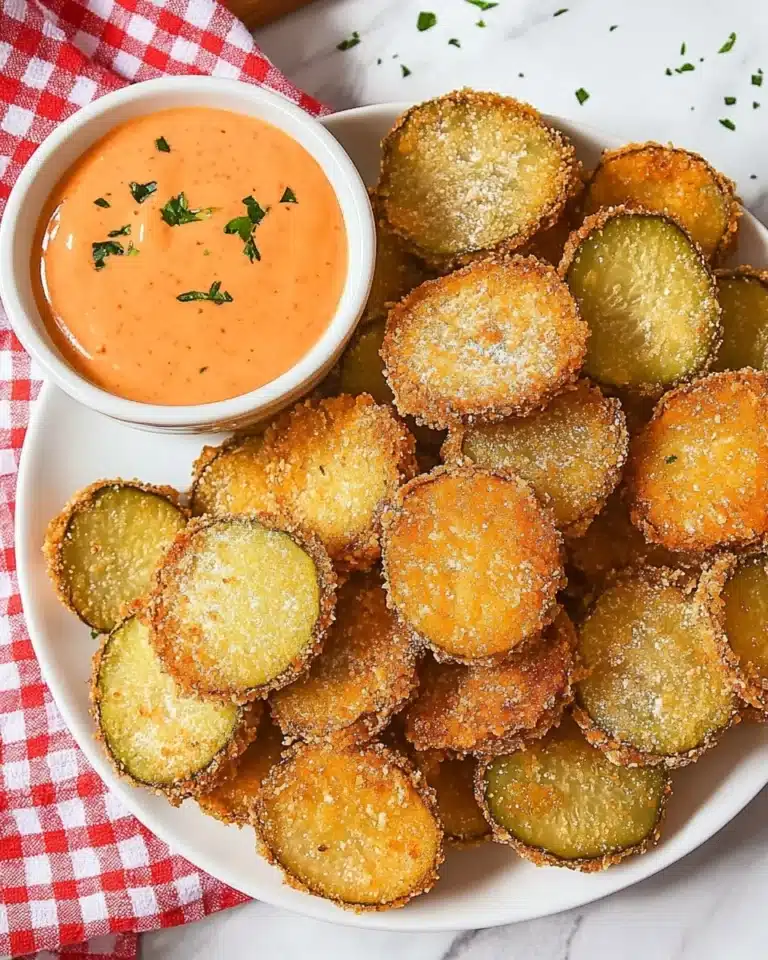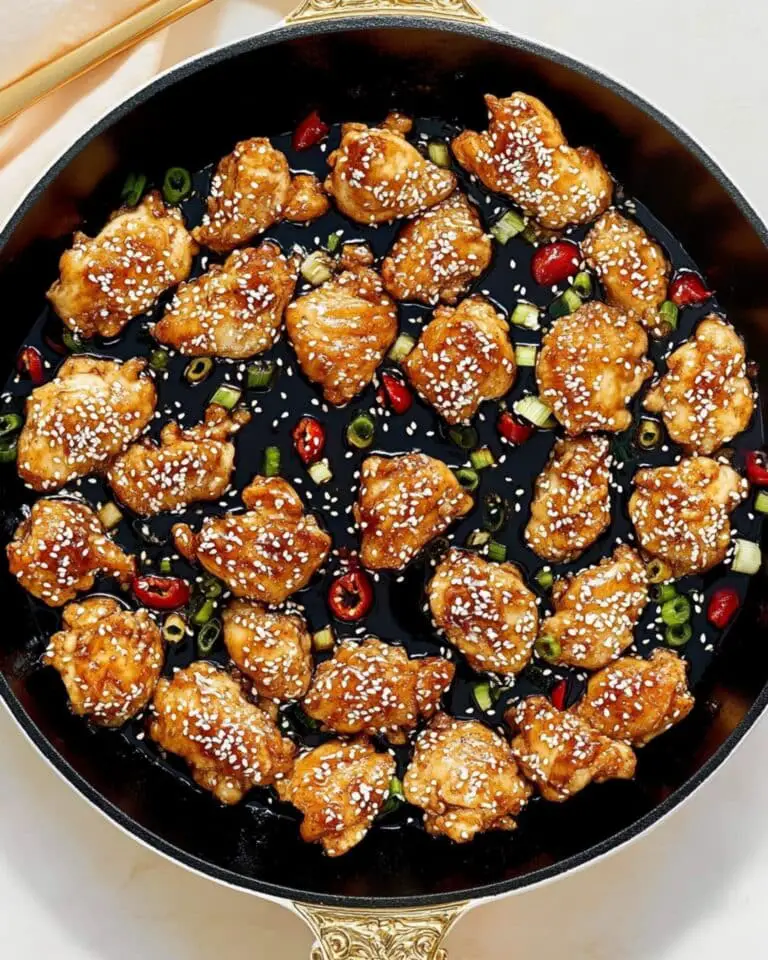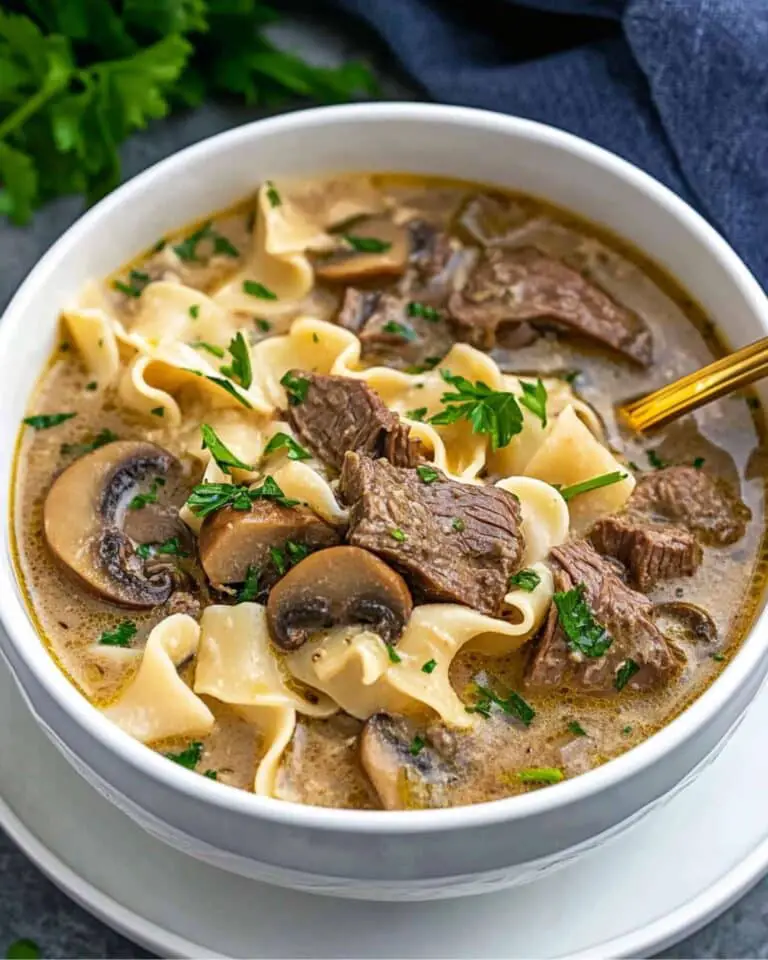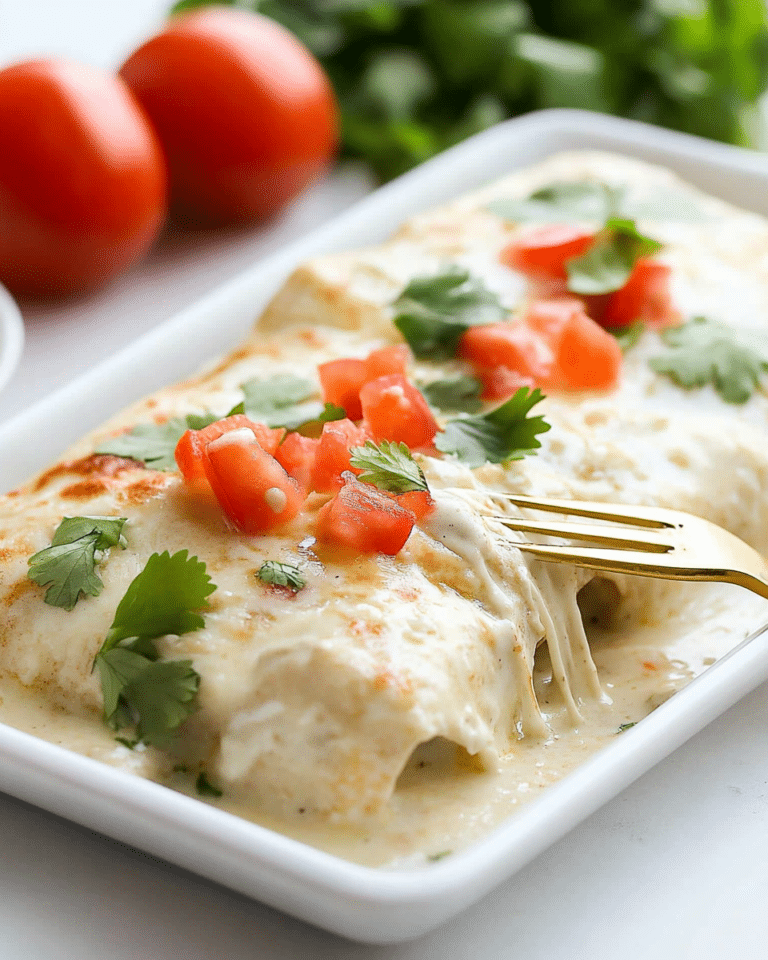This Texas Roadhouse Salmon recipe delivers restaurant-quality salmon right in your kitchen with minimal effort. With perfectly crispy skin, tender flaky flesh, and a garlic butter sauce that’s nothing short of spectacular, this 15-minute dinner will transform your weeknight meals. The simple seasoning brings out the natural richness of the salmon while the lemon-garlic butter creates a sauce that’s good enough to drink!
Why You’ll Love This Recipe
- Quick and Effortless: From start to finish in just 15 minutes – perfect for those nights when you’re starving but still want something impressive.
- Simple Ingredients: No fancy ingredients required! Just basics you likely already have in your pantry, making this an easy go-to dinner.
- Restaurant Quality: Tastes like you’re dining out at Texas Roadhouse, but at a fraction of the cost. The crispy skin and buttery garlic sauce are truly restaurant-worthy.
- Perfectly Cooked Every Time: This foolproof method ensures perfectly cooked salmon that’s moist and flaky, never dry or overcooked.
Ingredients You’ll Need
- Salmon fillets: The star of the show! Look for fillets with bright color and firm texture. The skin helps lock in moisture and creates a delicious crispy contrast.
- Salt and pepper: Classic seasonings that enhance the natural flavor of the salmon without overpowering it.
- Garlic powder: Adds depth and savory notes to the seasoning rub without the risk of burning that fresh garlic would have.
- Lemon: Both the zest and juice are used here. The zest goes into the seasoning rub, while the juice creates brightness in the sauce. The acidity perfectly balances the richness of the fish.
- Olive oil: Creates the perfect searing medium with a high smoke point. This helps achieve that crispy skin without burning.
- Fresh garlic: Minced garlic adds incredible aroma and flavor to the butter sauce. Fresh is definitely best here!
- Butter: Creates a rich, silky sauce that bathes the salmon in flavor. The combination with garlic and lemon is absolutely heavenly.
Note: You’ll find the complete list of ingredients, along with their exact measurements, in the printable recipe card at the bottom of this post.
Variations
Herb Lover’s Version
Add fresh dill, parsley, or thyme to the butter sauce for an herby twist that complements the salmon beautifully.
Honey Glazed
Add a tablespoon of honey to the garlic butter for a touch of sweetness that creates a delicious glaze.
Cajun Style
Replace the simple seasoning with Cajun spice blend for a more robust, spicy kick.
Mediterranean Inspired
Top with diced tomatoes, olives, and crumbled feta after cooking for a Mediterranean flair.
How to Make Texas Roadhouse Salmon
Step 1: Prepare the Salmon
Rinse your salmon fillets and pat them completely dry with paper towels. This is crucial for achieving that crispy skin we’re after!
Step 2: Season the Salmon
Mix together salt, pepper, garlic powder, and lemon zest in a small bowl. Rub this mixture onto the flesh side of your salmon fillets, making sure to coat evenly.
Step 3: Heat the Pan
Heat a cast iron skillet over medium-high heat and add olive oil. Let the pan get properly hot before adding the salmon – this is key to preventing sticking.
Step 4: Cook Skin Side Down
Place the seasoned salmon in the hot pan skin side down. This is important: don’t move the salmon around! Let it cook undisturbed for 3-4 minutes until the skin becomes beautifully crispy and golden.
Step 5: Flip and Add Butter Sauce
Carefully flip the salmon using a fish spatula. Add butter and minced garlic to the pan, then squeeze in fresh lemon juice from half a lemon. As the butter melts, spoon this gorgeous garlic butter sauce over the salmon fillets.
Step 6: Check for Doneness
Salmon cooks quickly! Use an instant-read thermometer to check for doneness – 125°F is perfect for medium-rare (highly recommended). You’ll notice the sides of the salmon turning from translucent pink to opaque white as it cooks.
Step 7: Serve
Remove the salmon from the pan and drizzle with the remaining garlic butter sauce. Garnish with a lemon wedge and serve immediately.
Pro Tips for Making the Recipe
- Don’t Skip Drying the Salmon: Thoroughly patting the salmon dry ensures crispy skin and better browning.
- Don’t Overcrowd the Pan: Give each fillet enough space so they sear properly rather than steam.
- Trust Your Thermometer: Salmon can go from perfect to overcooked in seconds. An instant-read thermometer is your best friend here.
- Let Your Pan Get Hot: A properly heated pan is essential for that beautiful sear and preventing the salmon from sticking.
- Skin-On is Best: The skin provides a barrier that helps keep the salmon moist and adds wonderful texture.
How to Serve
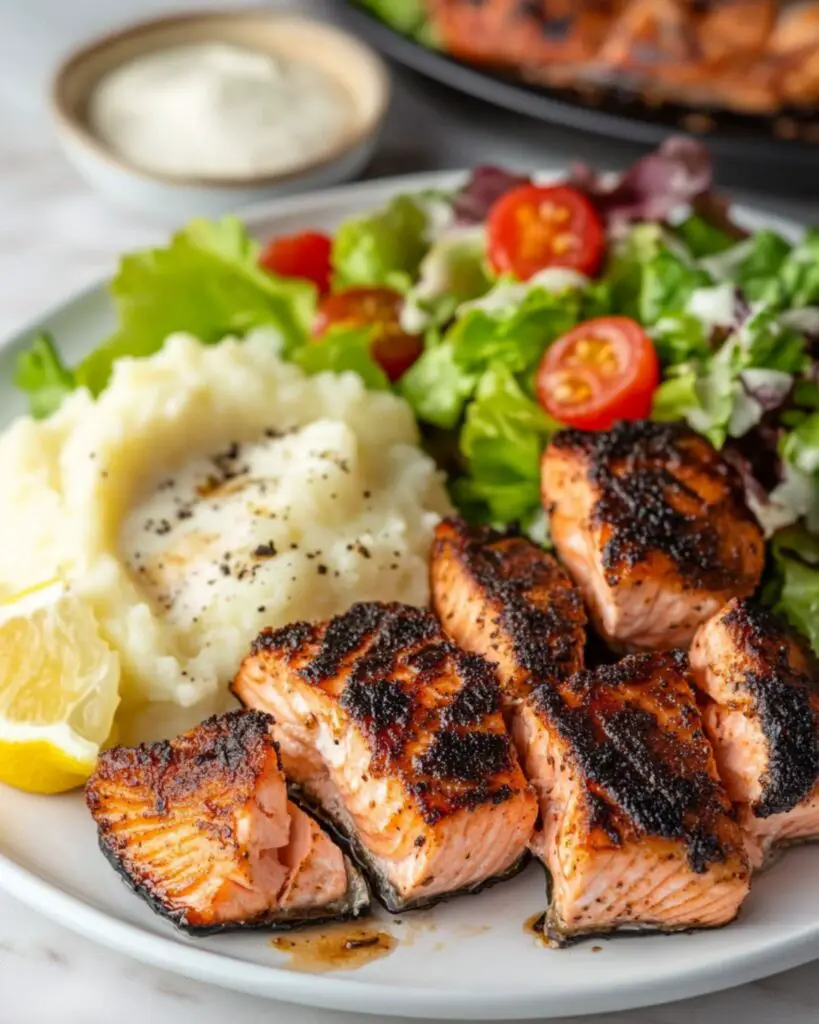
Perfect Pairings
Serve this flavorful salmon with simple sides that complement without competing. Steamed asparagus, roasted Brussels sprouts, or a wild rice pilaf make excellent companions.
Sauce Options
The garlic butter sauce from the pan is absolutely delicious spooned over the salmon, but you could also serve with a dollop of dill sauce or lemon aioli on the side.
Wine Pairing
A crisp Sauvignon Blanc or light Pinot Noir pairs beautifully with this salmon dish, cutting through the richness with bright acidity.
Make Ahead and Storage
Storing Leftovers
Store leftover salmon in an airtight container in the refrigerator for up to 2 days. The skin may lose its crispiness, but the flavor will still be excellent.
Freezing
While you can freeze cooked salmon for up to 2 months, the texture will change somewhat. Wrap tightly in plastic wrap, then foil, before placing in a freezer bag.
Reheating
For the best texture, reheat gently in a 275°F oven until just warmed through, about 15 minutes. Avoid microwaving as it can make the salmon rubbery. Cold salmon is also delicious flaked over salads!
FAQs
-
Can I use frozen salmon for this recipe?
Absolutely, but make sure to thaw it completely and pat it very dry before cooking. Frozen salmon that’s properly thawed can work wonderfully, though fresh will give you the best texture and flavor. The key is ensuring all excess moisture is removed before seasoning and cooking.
-
What if I don’t have a cast iron skillet?
A heavy-bottomed stainless steel pan works great too! Cast iron provides excellent heat retention and creates that perfect sear, but any pan that can get really hot will work. Just avoid non-stick pans for this recipe as they won’t give you that crispy skin we’re after.
-
Is it safe to eat salmon at 125°F?
Yes, 125°F is a safe temperature for high-quality salmon and will give you a medium-rare finish that’s moist and tender. If you prefer your salmon more done, aim for 130-135°F, but be careful not to go much higher or it will dry out. The FDA recommends 145°F, but most chefs consider this overcooked.
-
Can I make this without the skin?
While you can use skinless salmon, the skin provides a protective barrier that keeps the fish moist during cooking. If using skinless, reduce the cooking time slightly and watch carefully to prevent overcooking. You’ll miss out on the crispy skin texture, but the flavor will still be delicious.
Final Thoughts
This Texas Roadhouse Salmon is the perfect example of how simple ingredients and techniques can create something truly exceptional. In just 15 minutes, you can transform a few basic ingredients into a restaurant-worthy meal that’s sure to impress anyone at your table. The crispy skin, tender flesh, and that incredible garlic butter sauce make this a recipe you’ll return to again and again. Give it a try tonight – I promise your taste buds will thank you!
Print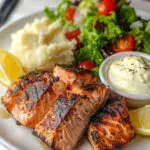
Texas Roadhouse Salmon Recipe
- Prep Time: 5 minutes
- Cook Time: 10 minutes
- Total Time: 15 minutes
- Yield: 4 servings
- Category: Main-course
- Method: Stovetop
- Cuisine: American
Description
This Texas Roadhouse-inspired salmon recipe is a simple yet flavorful dish with perfectly crispy skin and tender, flaky meat. Cooked in a buttery garlic sauce and finished with a hint of fresh lemon, this recipe ensures a restaurant-quality meal that you can easily make at home in under 20 minutes!
Ingredients
Main Ingredients
- 4 (4 oz) salmon fillets
- 1/2 tsp salt
- 1/2 tsp black pepper
- 1/2 tsp garlic powder
- 1 lemon
For Cooking
- 1 tablespoon olive oil
- 3 cloves fresh garlic, minced
- 4 tbsp butter
Instructions
-
Prepare the Salmon
Rinse the salmon fillets under cold water and pat them dry with paper towels. In a small bowl, combine salt, pepper, garlic powder, and the zest of one lemon. Rub this spice mixture over the flesh side of the salmon fillets for an even coat of seasoning. -
Heat the Skillet
Heat a cast iron skillet over medium-high heat. Add olive oil to the pan. Once the oil is shimmering hot, place the salmon fillets skin-side down in the skillet. Let them cook undisturbed for 3-4 minutes to ensure the skin becomes crispy and golden brown. -
Flip the Salmon
Using a fish spatula, carefully flip the salmon fillets. Cook for an additional 2-3 minutes on the flesh side. Keep in mind that thinner pieces of salmon may need only 2 minutes per side to cook perfectly. -
Add Butter and Garlic
Once flipped, add butter and minced garlic to the skillet. As the butter melts, spoon the garlicky butter over the salmon fillets to infuse them with rich flavor. Squeeze in the juice of half a lemon just before finishing. -
Check for Doneness
Use an instant-read thermometer to ensure the salmon reaches an internal temperature of 125ºF for medium-rare. The salmon should appear opaque and flake easily with a fork. Remove the salmon from the pan and garnish with a fresh lemon wedge before serving.
Notes
- Use an instant-read thermometer to avoid overcooking the salmon. 125°F is ideal for medium-rare, while 145°F is well-done.
- If you don’t have a cast iron skillet, a stainless steel pan works great too.
- For an even fresher flavor, consider adding a sprinkle of chopped parsley or dill as garnish.
- Always let the salmon rest for 2-3 minutes after cooking to allow the juices to redistribute.
- Pair this flavorful salmon with steamed vegetables, rice, or roasted potatoes for a complete meal.
Nutrition
- Serving Size: 4 oz salmon
- Calories: 300
- Sugar: 0g
- Sodium: 420
- Fat: 22g
- Saturated Fat: 8g
- Unsaturated Fat: 0g
- Trans Fat: 1g
- Carbohydrates: 0g
- Fiber: 2g
- Protein: 24
- Cholesterol: 80mg

